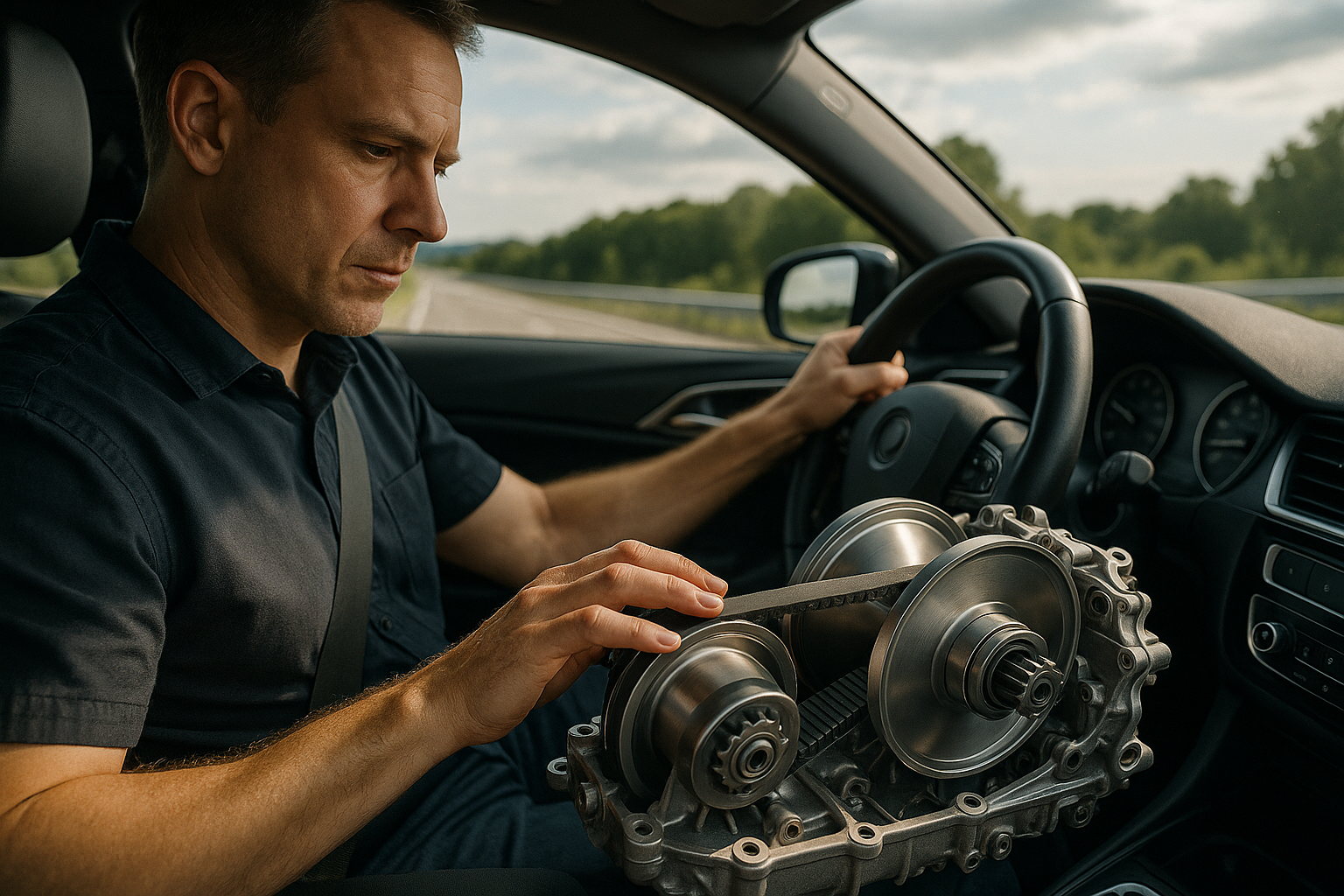A Deep Dive into Continuously Variable Transmission: The Future of Gearboxes
Introduction: Imagine smoothly accelerating from a dead stop to highway speed without even a hint of a gear change. This is the magic of Continuously Variable Transmission (CVT), a technology that is reshaping the way we think about car performance and fuel efficiency.

The Genesis of Continuously Variable Transmission
The concept of CVT is not a new one. Its roots trace back to Leonardo da Vinci, who sketched a stepless continuously variable transmission in 1490. However, it wasn’t until the 20th century when Dutch automaker DAF introduced the Variomatic, the first commercially successful CVT system in an automobile. The system promised smoother and more efficient driving, but early models were not without their drawbacks. Issues with durability, high cost, and lackluster performance kept CVT from mainstream adoption for many years.
A Quantum Leap in Transmission Technology
CVT works by using a pair of pulleys connected by a belt, rather than a fixed set of gears. The diameters of the pulleys can change in response to engine speed and load, creating an infinite number of gear ratios. This allows the engine to operate at its most efficient or powerful speed, irrespective of vehicle speed. This unique operation results in smoother acceleration, better fuel efficiency, and easier maintenance compared to traditional transmissions.
The Modern State of Continuously Variable Transmission
In the modern automotive landscape, CVT has gained considerable traction. Major automakers such as Honda, Nissan, and Subaru have widely adopted CVT in their passenger cars due to its enhanced fuel efficiency and smooth operation. CVT-equipped cars offer smoother acceleration without the jerkiness of gear changes, making them ideal for city driving. However, some drivers have found the lack of traditional gear shifting sensation disconcerting.
The Impact of CVT on the Automotive Industry
The advent of CVT has had a profound impact on the automotive industry. It has provided a viable alternative to manual and automatic transmissions, offering superior fuel efficiency and smoother operation. However, the technology still faces challenges, such as the need for special transmission fluids and the perception of being less engaging for drivers who enjoy the feel of gear shifts.
CVT: A Glimpse into the Future
With the continuous push for better fuel efficiency and smoother operation, CVT is poised to play a pivotal role in the future of automotive transmissions. Its unique operation and benefits make it a strong contender in the race for the ‘transmission of the future’. However, it will need to overcome challenges such as driver perception and durability issues to truly break into the mainstream.
In conclusion, the continuously variable transmission represents a significant leap forward in automotive technology. Offering better fuel efficiency and smoother operation, CVT is a technology that is on the rise. However, it will need to overcome certain challenges to secure its place as the transmission of the future. Regardless, its impact on the automotive industry is undeniable, and it represents a unique and exciting perspective on the future of car performance and efficiency.




